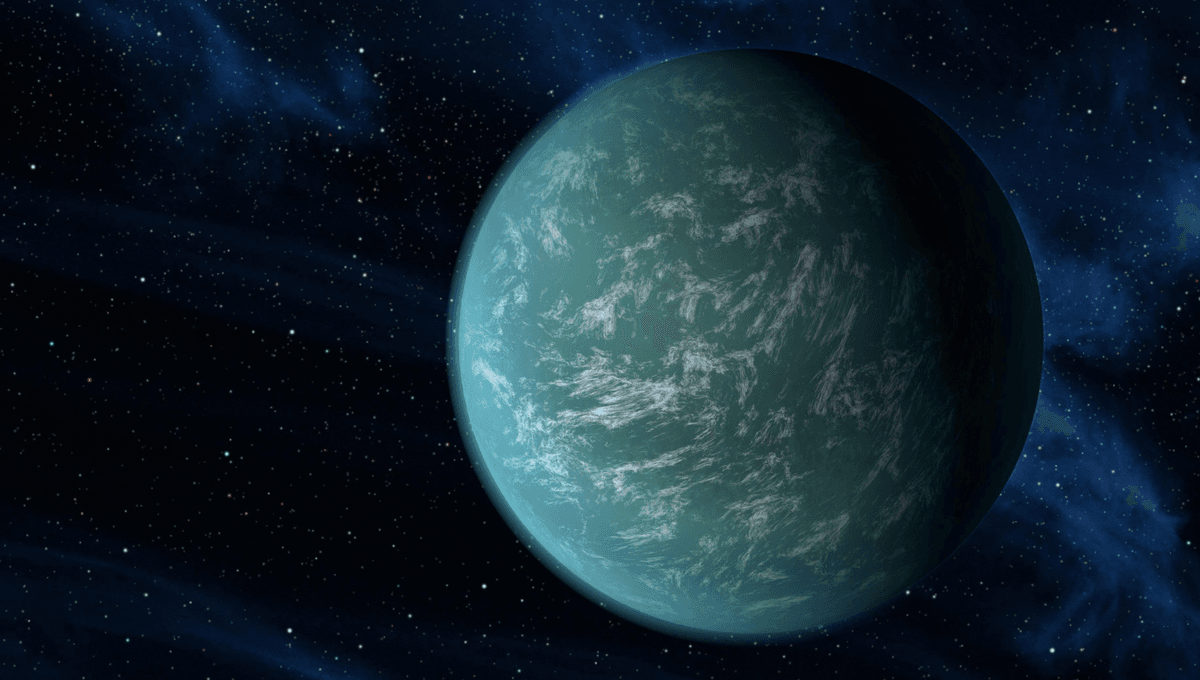
Thousands of planets have been discovered orbiting other stars, but only a few are referred to as Earth-like. None of these worlds are an exact match for our home planet, which raises the question: how similar does a planet have to be to get called Earth-like? Also, how can we tell? And who even gets to decide?
As Carl Sagan pointed out, the thing that makes Earth special is that it is our home, and on that basis, no other planet can possibly be Earth-like, at least until we have colonized it. Being suitable for colonization might qualify, but we’re a long way from being able to determine that. There’s still furious debate about how practical it would be to live on Mars, and we’ve sent rovers to that – we’re very far from being able to form a judgment about Proxima b, let alone more distant worlds.
Consequently, if we’re going to call any newly-discovered planet Earth-like it will have to be on physical properties we can measure. Even here, however, there’s no consistent standard.
The majority of planets we have discovered are gas giants, simply because bigger worlds are easier to find. Compared to a Jupiter-scale mass of hydrogen and helium, any rocky world solid enough to support an astronaut’s boot can be considered Earth-like. Indeed, when planets whose mass and volume indicated they were predominantly composed of solid material first started being discovered by the Kepler Spacecraft, the designation was given out rather liberally.
Now there are hundreds of known rocky worlds we’ve started to break the category up. There are super-Earths, for example, sometimes defined as two to 10 Earth masses. Smaller worlds are often compared to planets in our system, such as Mercury or Mars, rather than Earth, although limits on our capacity have prevented us from finding too many objects in those size ranges.
So one way of defining an Earth-like world is anything that is closer in mass to Earth than Venus, and less than twice the Earth’s mass. If you want to make a new discovery sound exciting, squeezing any planet in this range into the category sounds good. After all, the International Astronomical Union hasn’t got around to providing a definition, so your favorite exoplanet has yet to get a Pluto-like demotion.
Nevertheless, it’s a stretch to call a planet hot enough to rain iron “Earth-like”. The same will be true once we start detecting planets in the deep cold at the edges of their star systems.
So for a planet to be Earth-like, it needs a temperate temperature, as well as a moderate mass, but there are no rules on just how close that needs to be. If a planet of suitable size had an average temperature that matched the Earth’s during the last Ice Age, few would quibble that it was Earth-like, but how much colder is allowed is currently a matter of personal opinion. The more candidates we discover, the narrower the boundaries tend to get.
Even if the gravity and temperature are right, there’s no guarantee a planet will feel like home. Ideally, of course, we want it to have life, but sadly it looks like we’ve got a fair way to go before we can tell that or not. The one feature of a planet that would certainly help, and is sometimes within our abilities to determine, is an atmosphere.
An oxygen-rich atmosphere would really make a planet inviting, but almost certainly requires the presence of abundant life. Even if there isn’t enough oxygen to breathe, a thick atmosphere of other gasses would contribute to making a world familiar, for example allowing the presence of oceans.
At the moment, we don’t know if most of the rocky planets we have found have atmospheres. The JWST has ruled out atmospheres – at least thick ones – on TRAPPIST-1b and 1c, so these worlds, while Earth-sized, probably don’t deserve to be called Earth-like. The more distant members of the system, particularly TRAPPIST-1e, remain a mystery, however. Until we know, all those that might have a rich atmosphere will probably get called Earth-like – it’s only fair to give them the benefit of the doubt, and besides, it’s more interesting that way.
All “explainer” articles are confirmed by fact checkers to be correct at time of publishing. Text, images, and links may be edited, removed, or added to at a later date to keep information current.
Source Link: What Does A Planet Need To Be Considered Earth-Like?